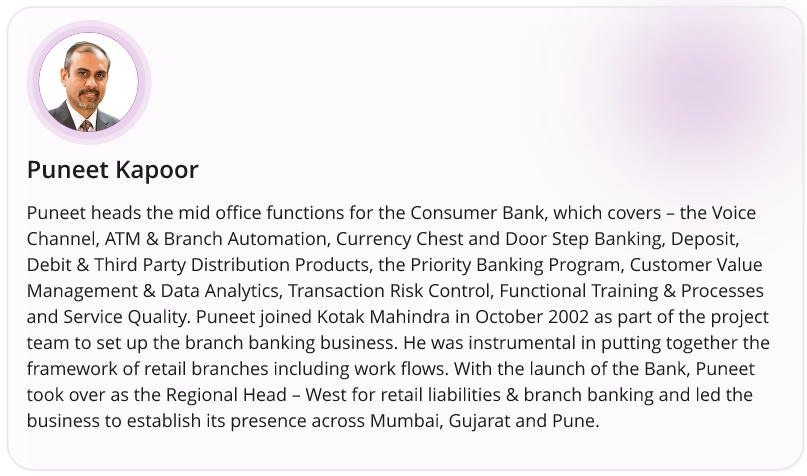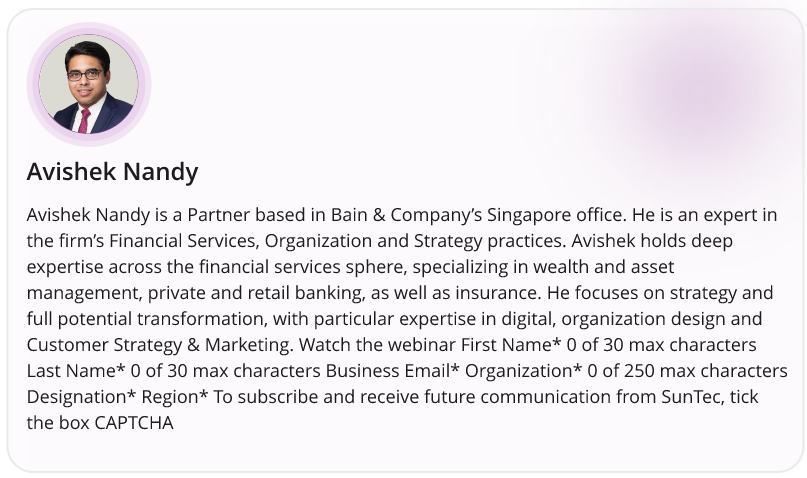For Kotak Mahindra Bank, customer centricity lies at the intersection of customer lifecycle, customer experience and customer value. Puneet Kapoor, President – Products, Alternate Channels and Customer Experience Delivery, Kotak Mahindra Bank Limited, explained the bank’s customer centric transformation strategy at SunTec’s webinar on Retaining and Growing Customer Loyalty with Empathetic Banking.
The bank believes that customer experience must be driven by the 3 I model – Information, Instruction, and Issue. This implies the understanding of what brings a customer to a bank – the need for information, the intent of issuing some instruction for future action, and for the resolution of issues. A consistent, secure, personalized, and user-friendly interface with the bank across all their requirements leads to a happy and loyal customer, especially when it is supplemented by value driven services – both product and value-added services.

